The Resilient Gardener: Thoughts and a Review
I wrote this post on one of those lovely days where I go to the library, work on everything I can in 6 hours, and come home with a little more of the rest of the week to just be mama, wife, homesteader and homeschooler.
And then I deleted it all and started over.
Perspective is a funny thing. Since that day at the library, Stewart became ill, I tried (and mostly failed) to woman up and plant the fall garden, and we picked the beans and sweet potatoes from this summer’s garden with lots of help.
Beans and sweet potatoes and squash were the backbone of this year’s food production.
It’s still not enough to feed us entirely, but the Lord granted a much higher yield this year than last and we are grateful for the food and how it got us thinking. And I don’t think it’s a coincidence that simultaneously I began reading a new book.
The Importance of Growing Calories
Really, if it came right down to it, these four staple crops – beans, potatoes, squash, and greens – are what we really need to grow. Big plots of the first three are now at the top of that list. Calories, protein, and nutrients can all be had in those staple crops and in our crazy world where time is split between the homestead, freelance work, chores, children, and school; I need all the simplification I can get.
This new book, The Resilient Gardener, did nothing but confirm these garden ponderings we’d been having. If we aren’t growing enough calorie crops, what are we doing planting little bits of things that may or may not produce much in the way of food?
I’m convinced that that’s a luxury we can no longer afford.
 Two Books that Go Hand-in-Hand
Two Books that Go Hand-in-Hand
I previously shared my love for Growing Food When It Counts. Shortly after delving into Solomon’s book, which really focuses on being a full-blown home food producer, I dove right into The Resilient Gardener by Carol Deppe.
This book really, maybe even more than Solomon’s book, addresses a getting back-to-basics approach to just growing calories. It also addresses what I would call sustainability – the ability to continue growing food with these methods despite outside interference in weather, fuel and food prices, or the inability to afford much of anything else.
In short, it’s the book you might want to have on hand if you really, truly must only eat from the land you cultivate. And that’s why I’m thankful to have this book at our fingertips.
Four Staple Crops for the Small Homestead
In The Resilient Gardener, Deppe really focuses on the four main crops she believes can truly feed and nourish a family with enough calories, nutrients, and protein to live from, in addition to some animal products. (She also includes corn, but we’re not necessarily convinced of its need (or ability to grow!) in our garden.)
Beans can be eaten fresh from the vine for a good part of the year, and the exact same crop can be left to dry on the vine to produce dried beans for winter and spring.
Potatoes are generally a low-maintenance food, both the sweet and Irish varieties, and because of that our poor soil and small amount of irrigation can still produce a crop without the namby-pamby coddling some crops need.
Squash, when the right variety for your area is grown, will produce plenty of side dishes, soups, stews (along with those beans), and even desserts.
You’ll also notice that all three of these crops can be kept for months through dehydration or root cellaring – no canning or freezing required.
Resiliency & More
Deppe also understands concepts like diversity and the need to not put all of your eggs in one basket, as they say. So she recommends trying different varieties, planting successively, and diversifying your land animals. She goes into detail on keeping ducks and chickens for eggs – a staple animal food for the small grower.
If you’re already convinced of the need to pare back to the staple crops, The Resilient Gardener has everything you might need to know about growing, keeping, and cooking them within its pages. That, along with brief but unique discussions on composting, applying manures, and gardening in possible hard times scenarios makes it both focused and well-rounded.
So, this winter and next year we’re going to spend any gardening time and energy we might have on improving the soil and developing these crops. And I’ll be keeping The Resilient Gardener on the don’t-let-the-children-break-it shelf as a consistent reference for garden planning, planting, and care.

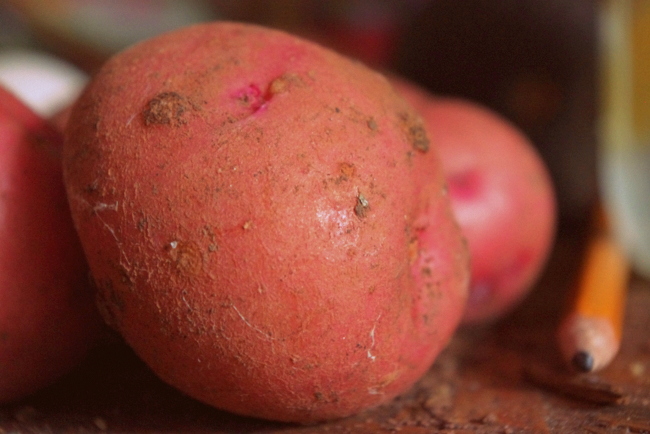
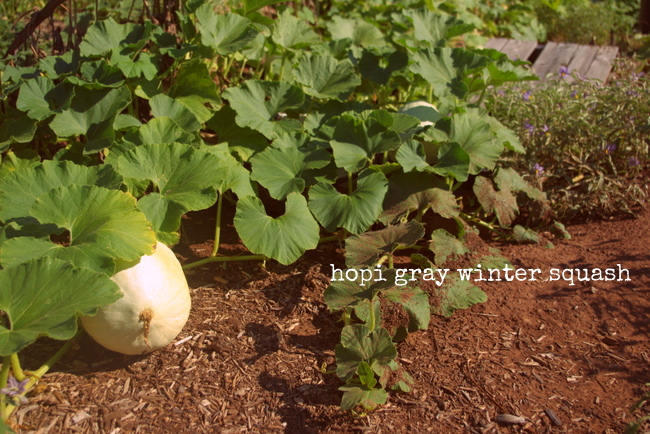
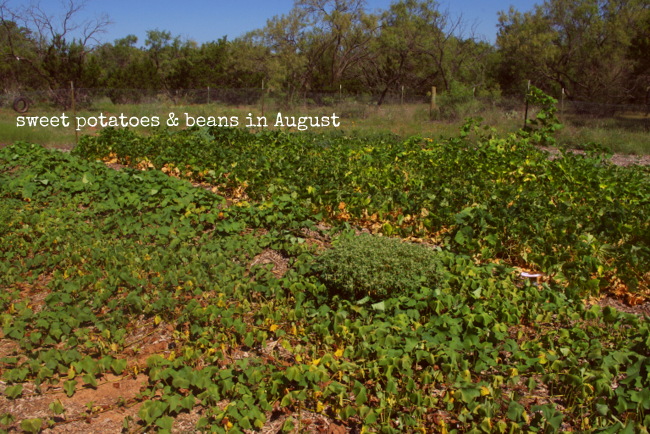

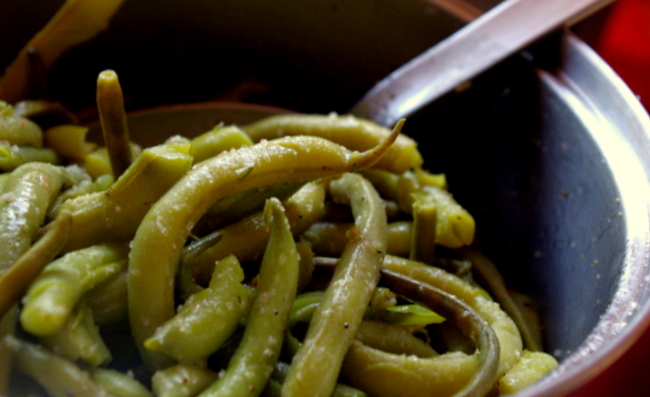
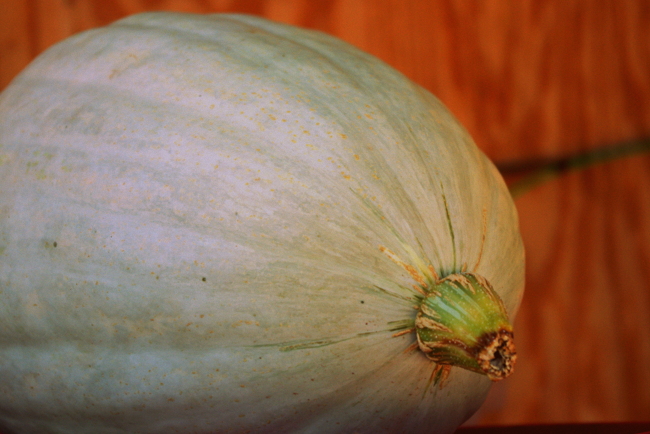

Shannon, I’m so glad to see that you all don’t have squash bugs. It’s a constant battle with them here. I haven’t read Ms. Deppe’s book, but I have pondered the premise and do definately agree. Zucchini is easy to grow, but you’ll get awfully hungry if that’s all you have. Consider some southern peas (beans themselves, actually)to go with your green beans. They’re tough and reliable.
Judy – Yes, definitely on the southern peas! We grew several varieties of beans this summer and the blackeyed peas produced the most with the least amount of coddling. We’re also preparing to plant a cover crop of Austrian winter peas for the fall.
I’ve heard squash bugs are no fun and I’m sorry to hear your battles with them. We did have a few summer squash plants this year that fed us well as a vegetable, but calorie-wise they’re not worth a hoot, as you said. So most of what we’re looking for in a squash is the sweet, more calorie-dense winter varieties that also keep well.
Thanks so much for your comment! Your insight is always most welcome. 🙂
I read this book over the summer and thought it was great! I took lots of notes, one of them; the Hawaiian that grows potatoes year round instead of storing them. My husband and I are going to try heading in that direction instead of trying to store potatoes in the deep south of the USA.
l arthur – I’m so glad others have gotten a chance to enjoy this book. Sounds like you took some great notes!
This is absolutely my favorite gardening book because she’s so matter-of-fact and helpful about how to properly grow and harvest those staples. This was also one of the books I read that convinced me to get ducks, and those duck eggs are great.
I also really appreciated that she recognizes you need to be prepared, whether for a global collapse or personal circumstances (like yours!) that can keep you from the garden, or at least from nurturing fussy plants. But she was also very hopeful that people in general are resilient and adapt quickly to new circumstances. It was hopeful for a book that felt, from the title, like it could be end-of-the-world counseling.
Anyway, I’m glad you’ve discovered it. Mine is on my Kindle, but if it weren’t, it would be horribly earmarked and thumbed through and feature a broken spine by now; I refer to it so often.
Cindy – I agree! Where are you located? I didn’t mention this in the review, but she is in the pacific northwest and has a lot of great info on that area, but balances it well with general gardening wisdom for all areas.
Thanks for commenting!
Have you eaten your Hopi squash yet? Mine have cured for over 2 months and im about ready to cook them 🙂 How did you cook yours and were they actually sweet?
Kim – We have, sort of. So far we’re not overly impressed, but I do plan to do a whole post on the squash harvest and how it cooked up. Did you also grow Hopi grey squash?